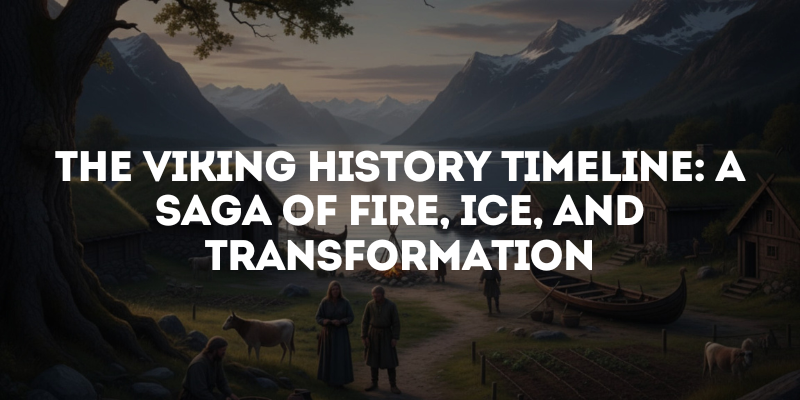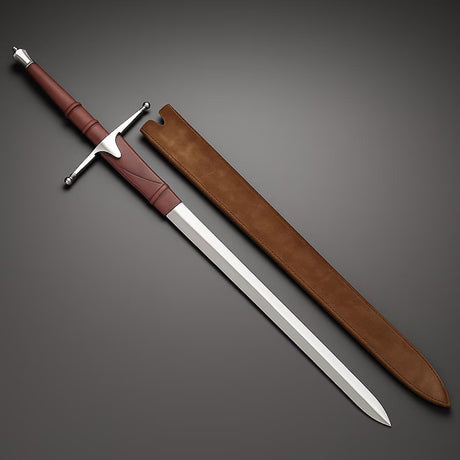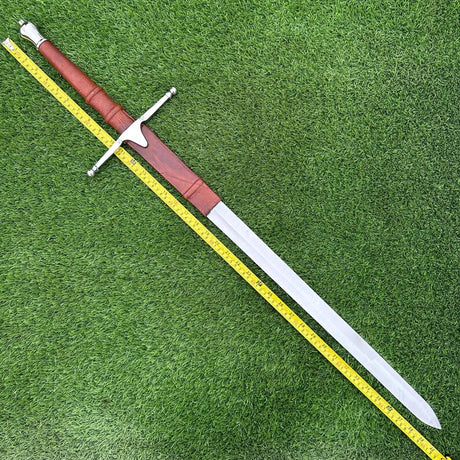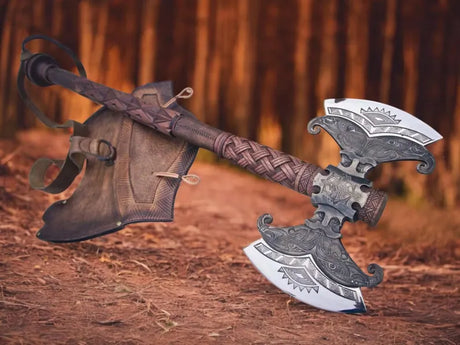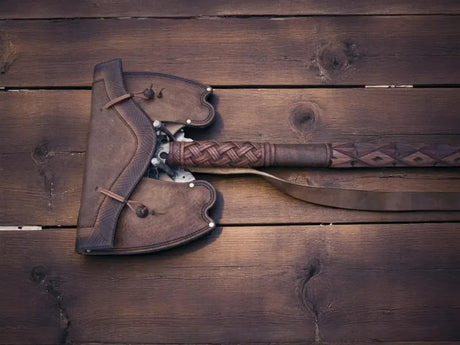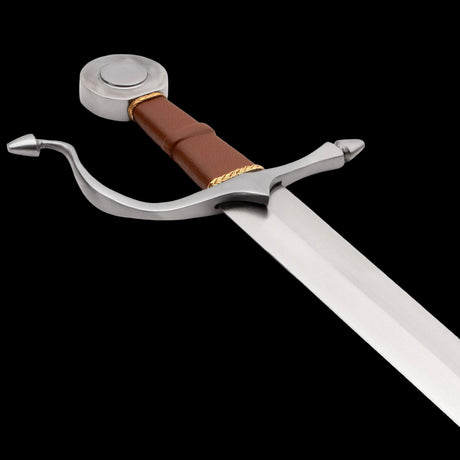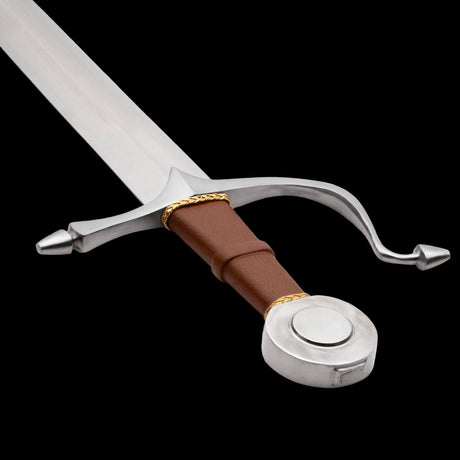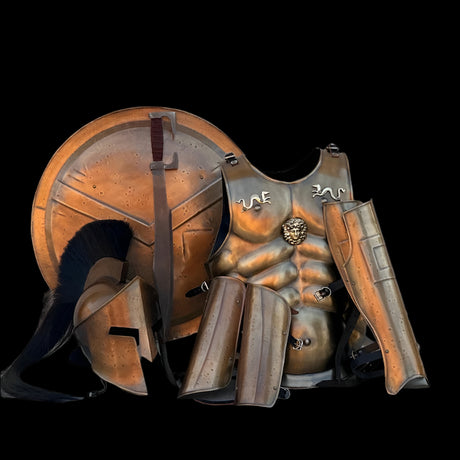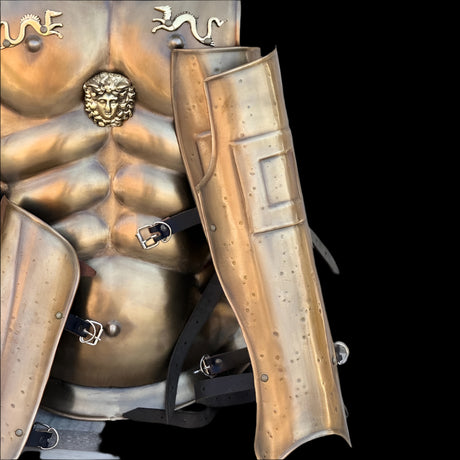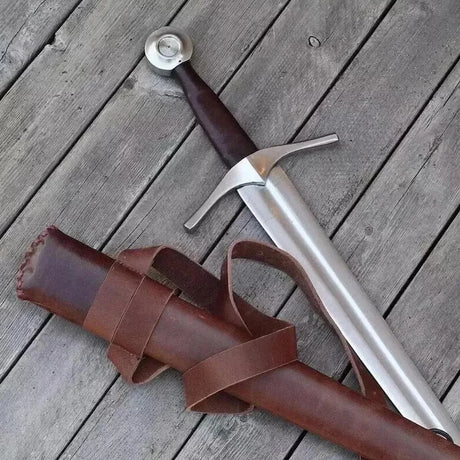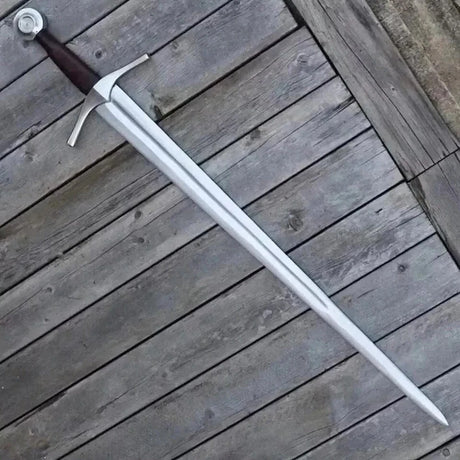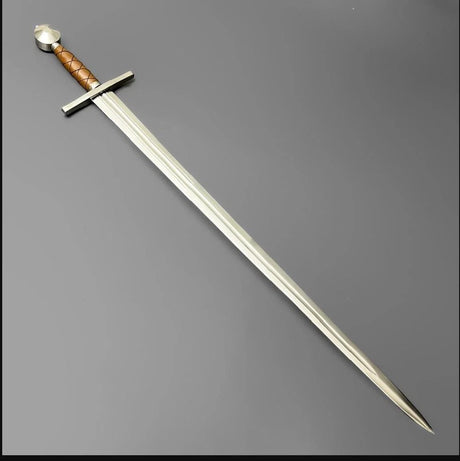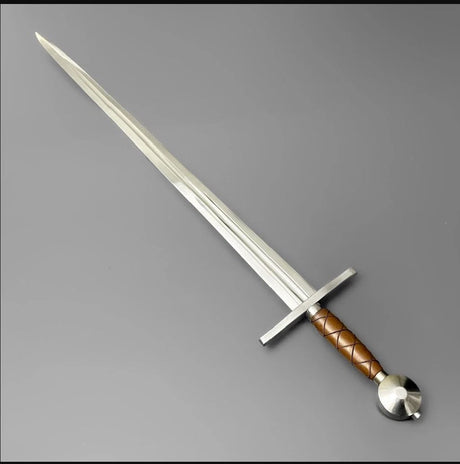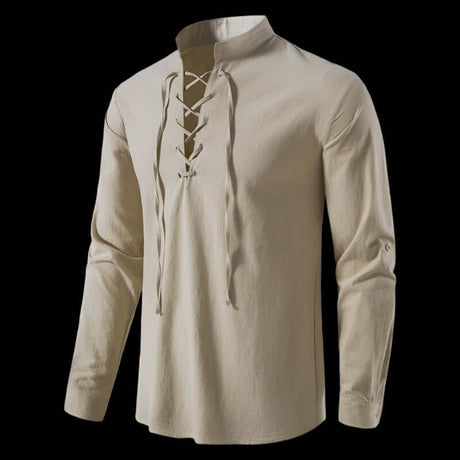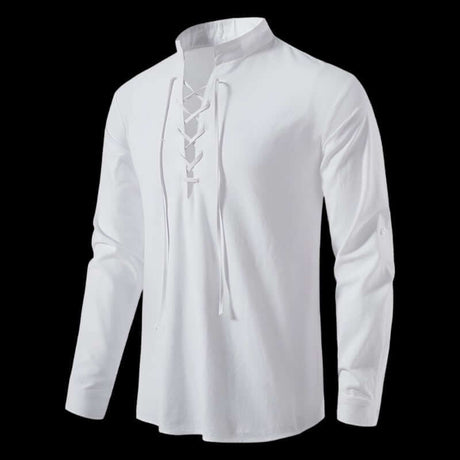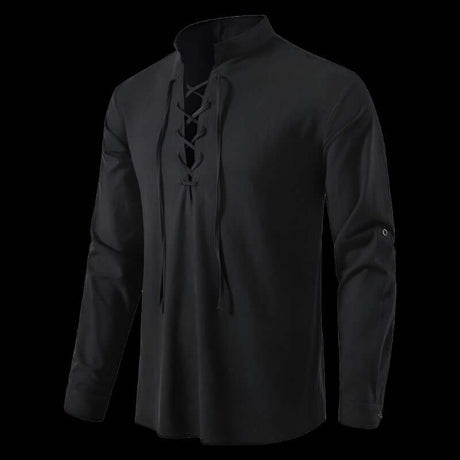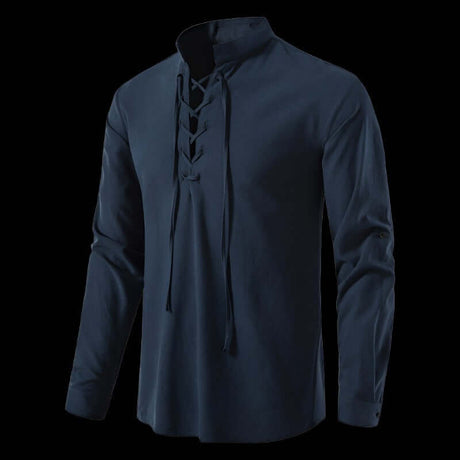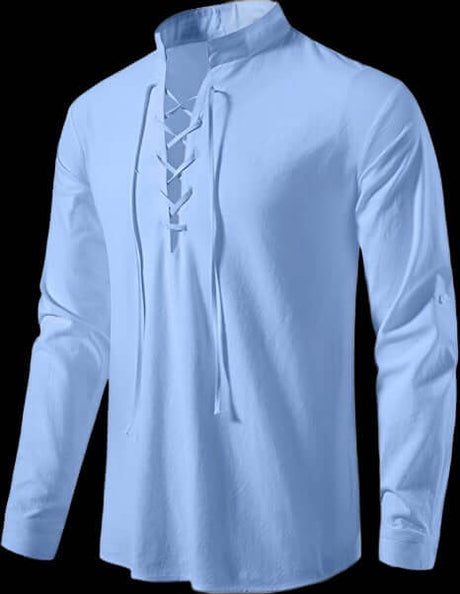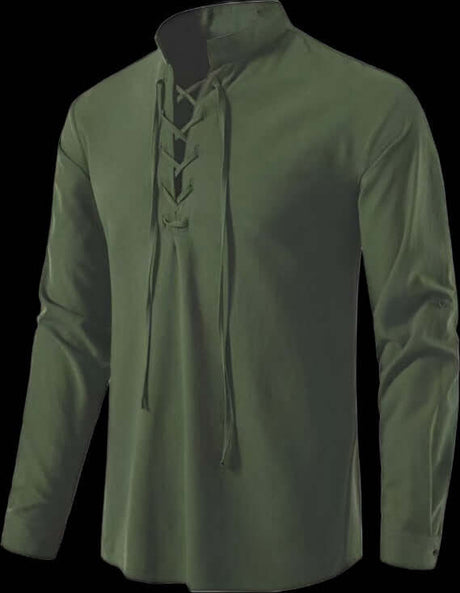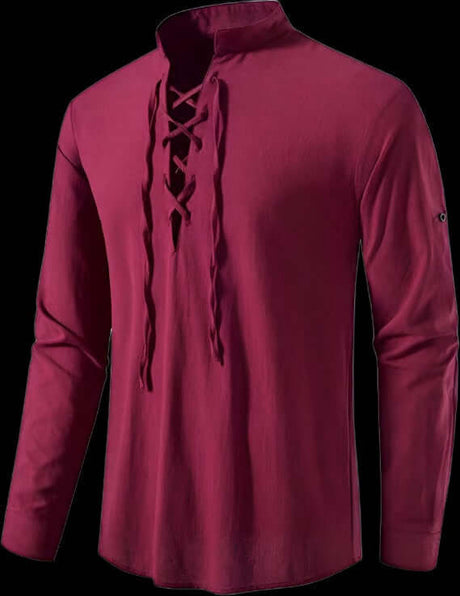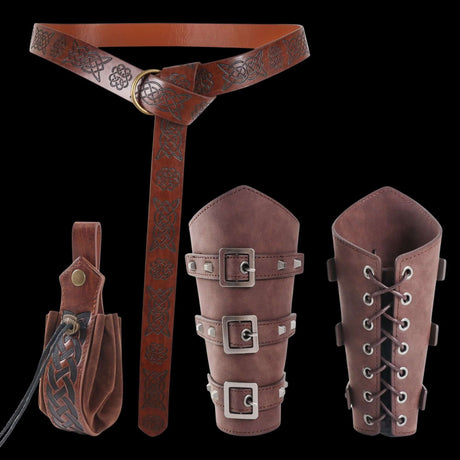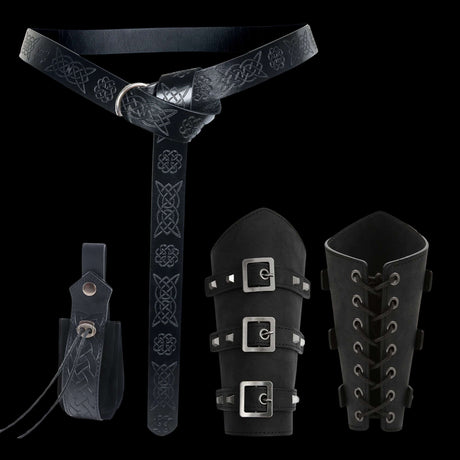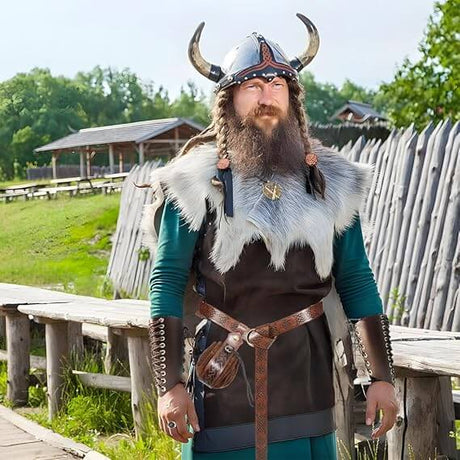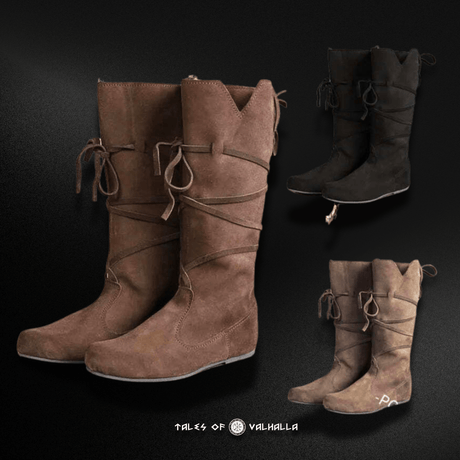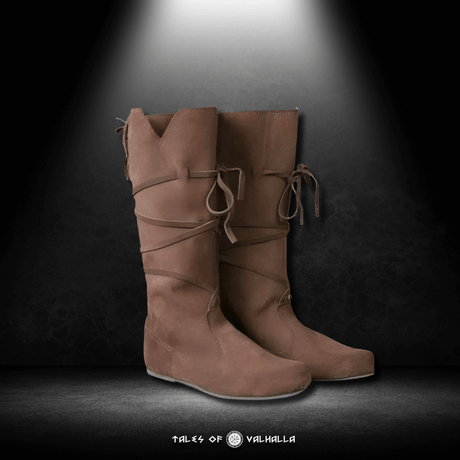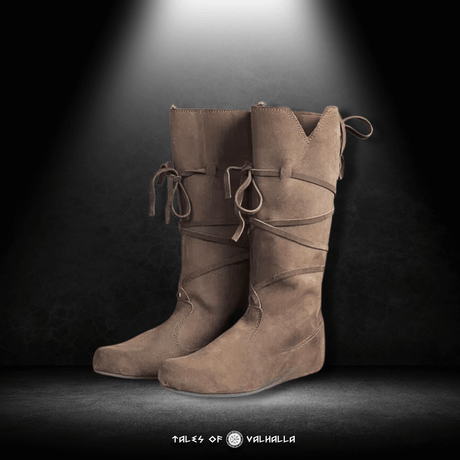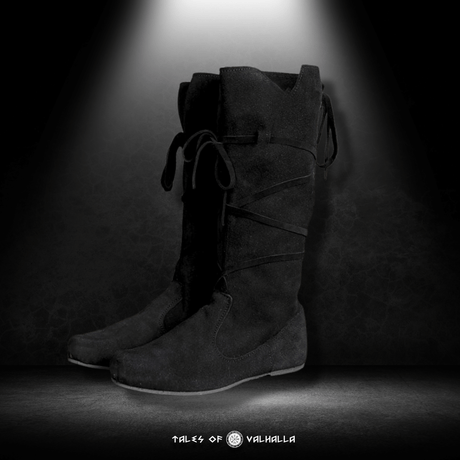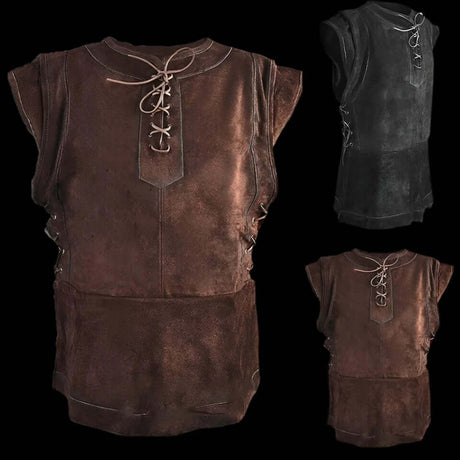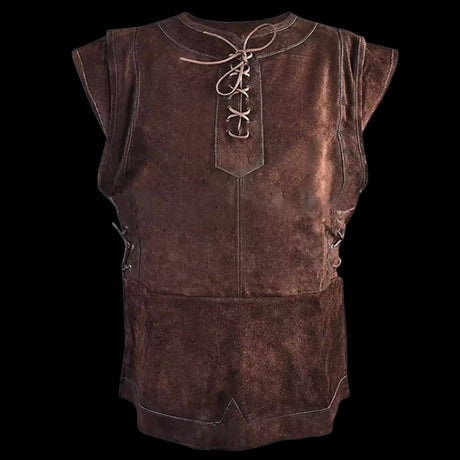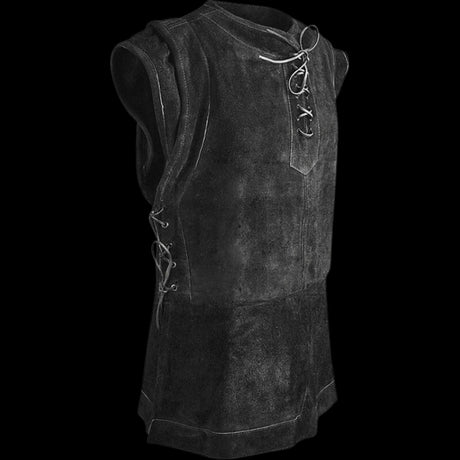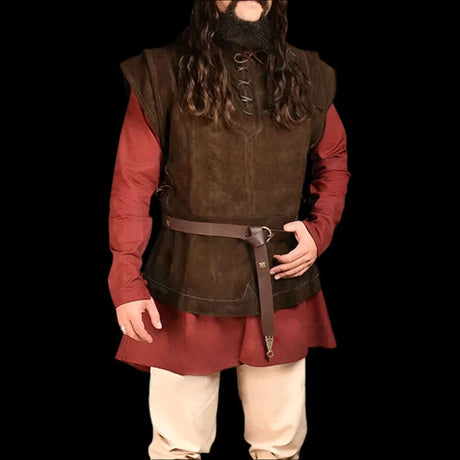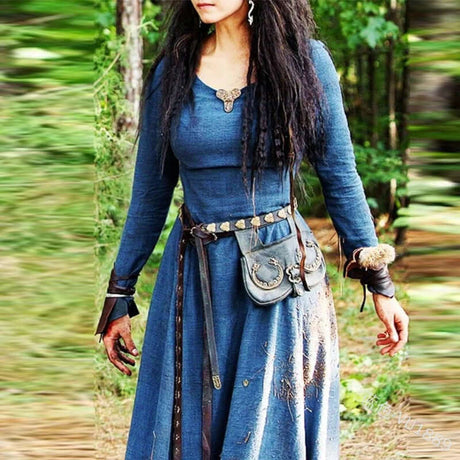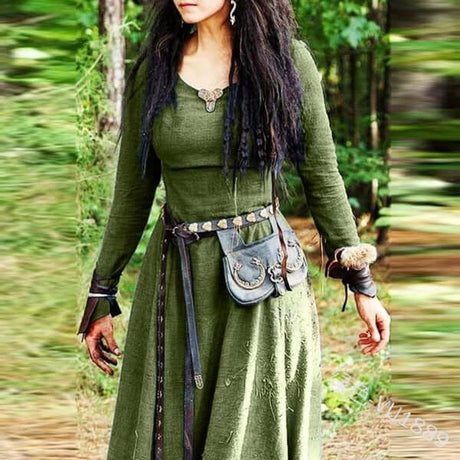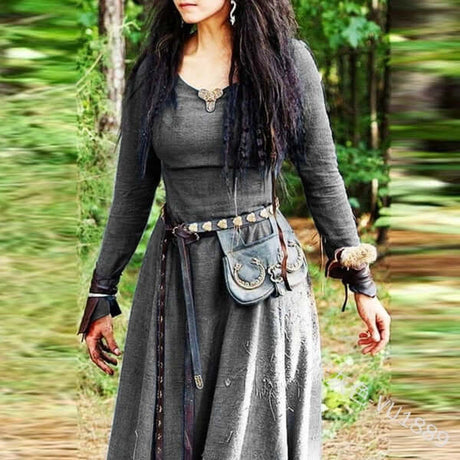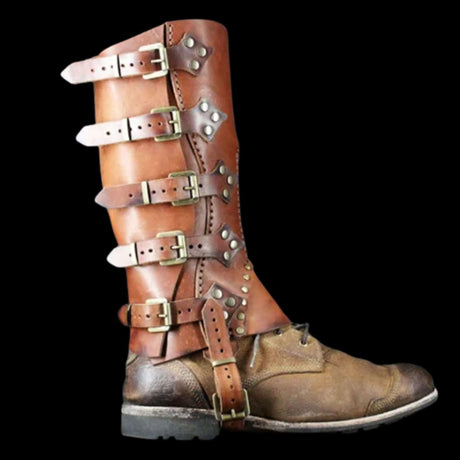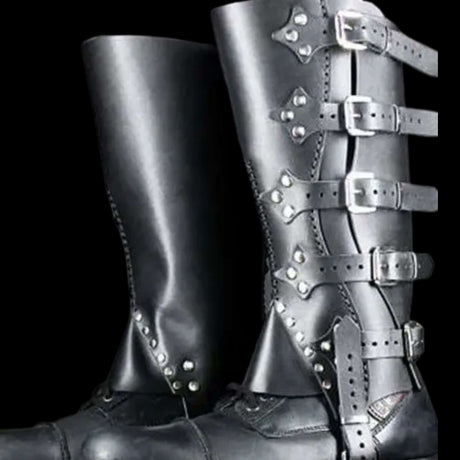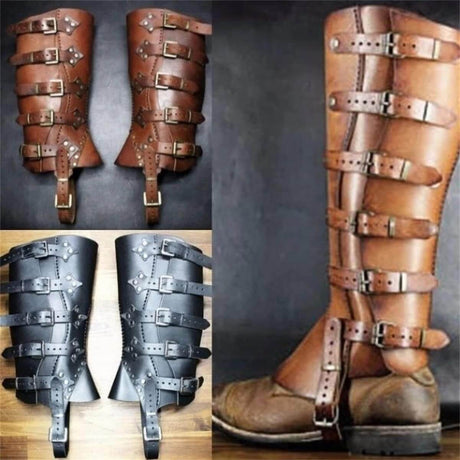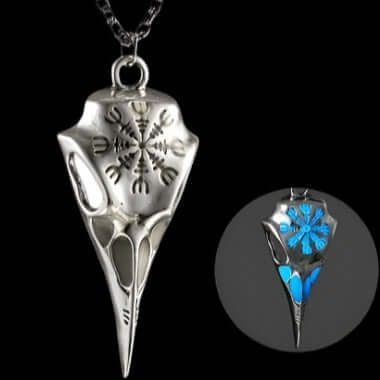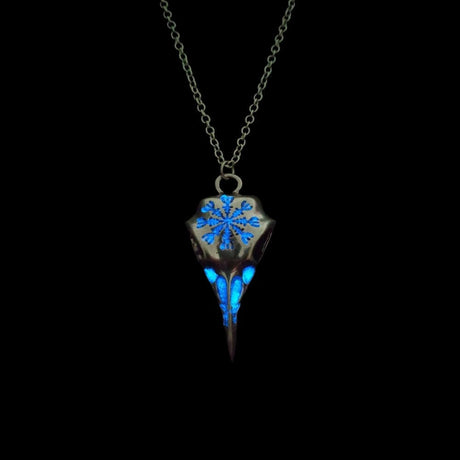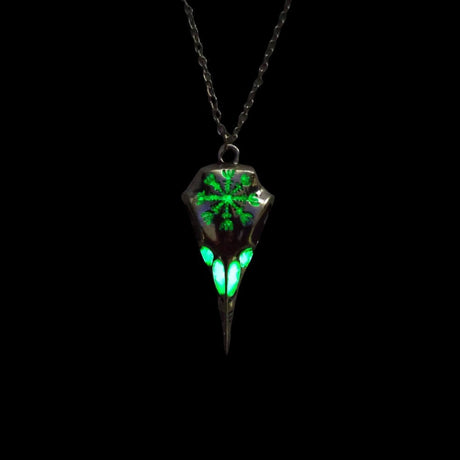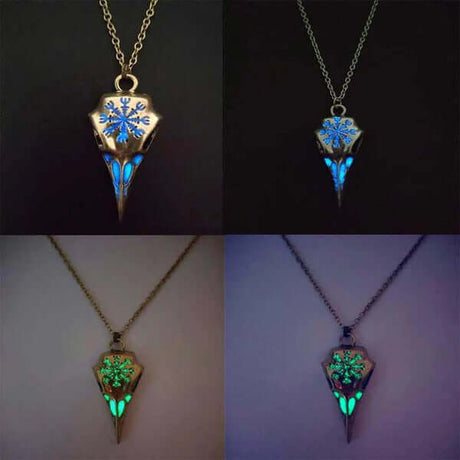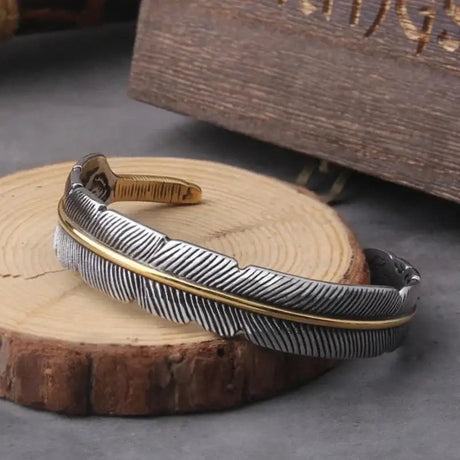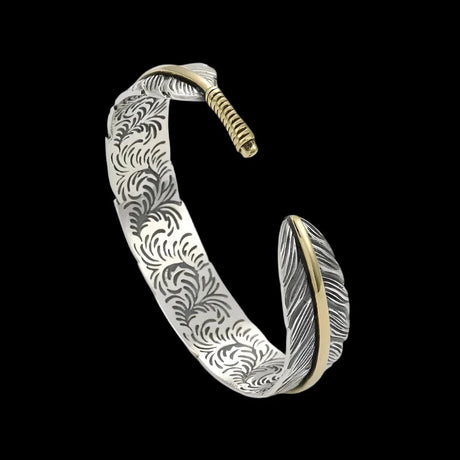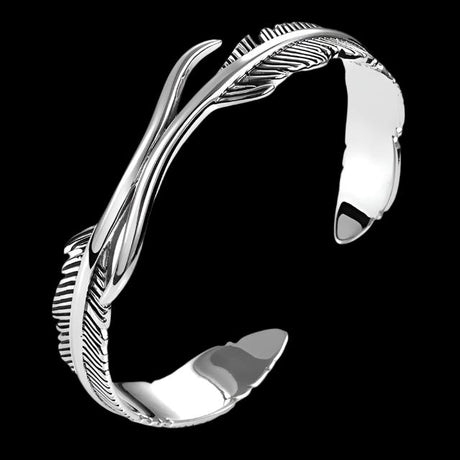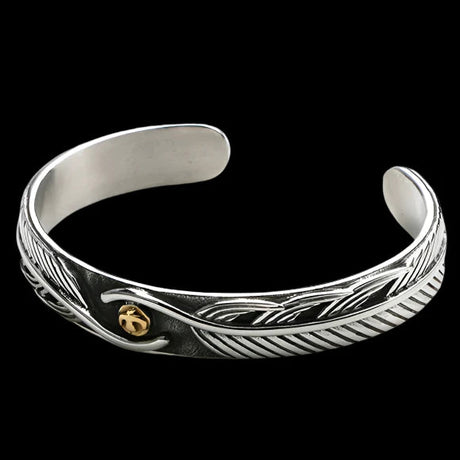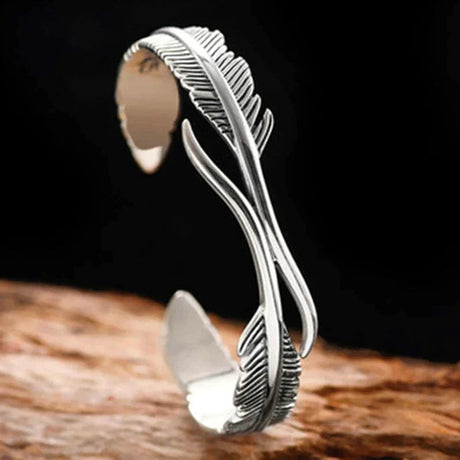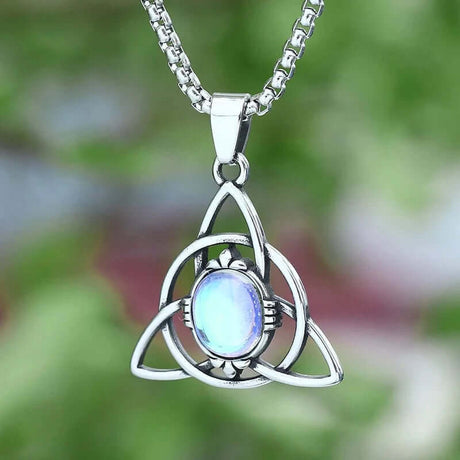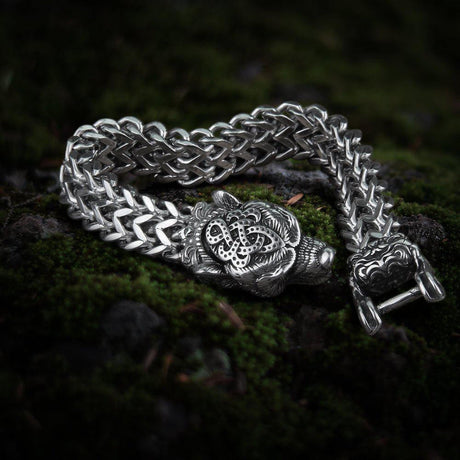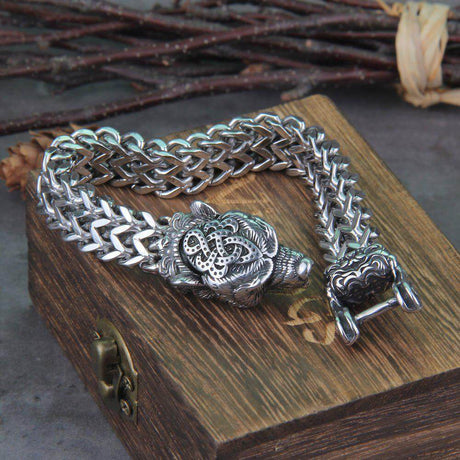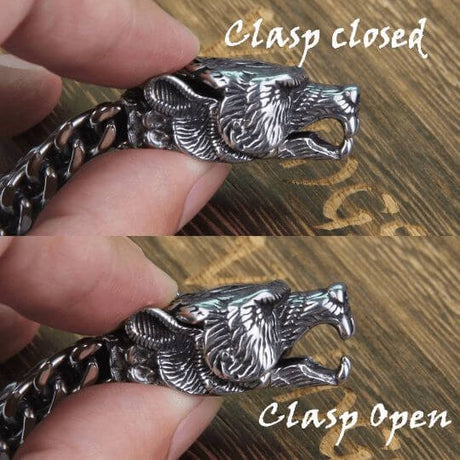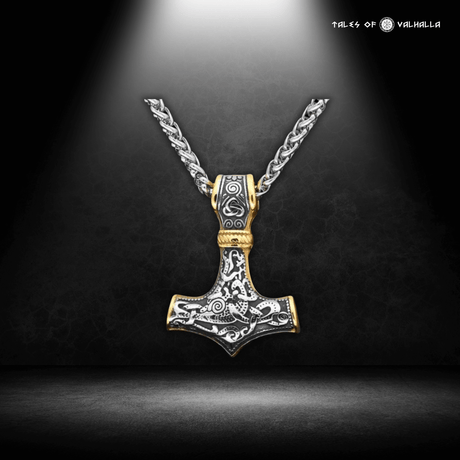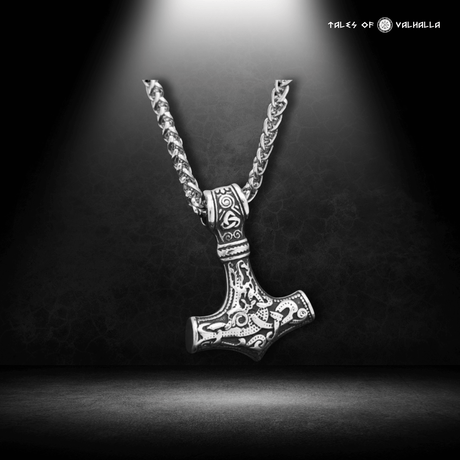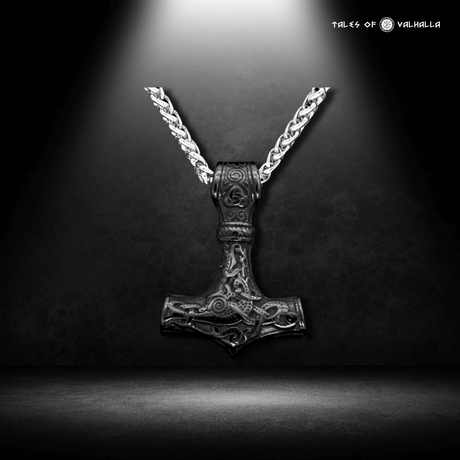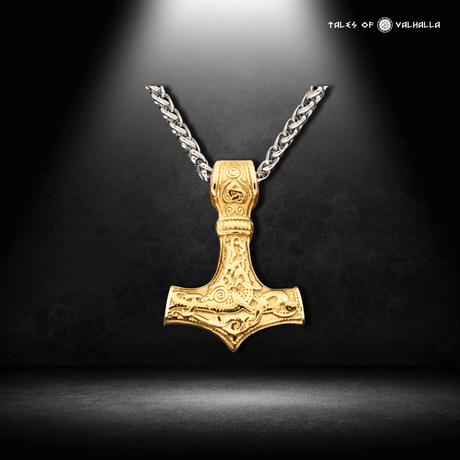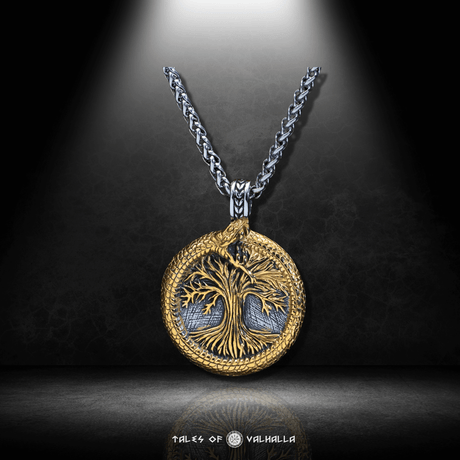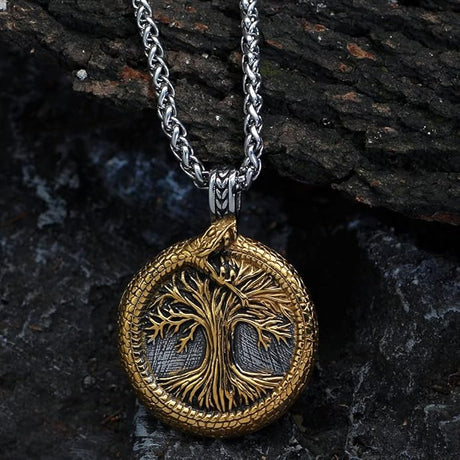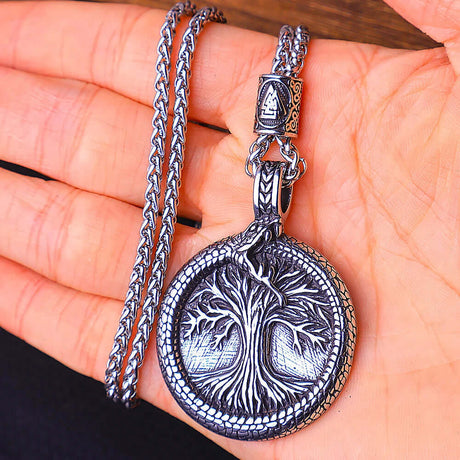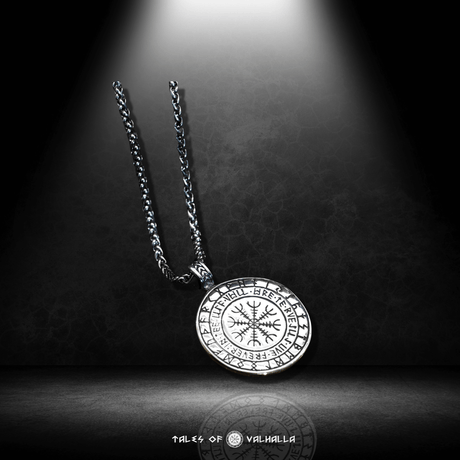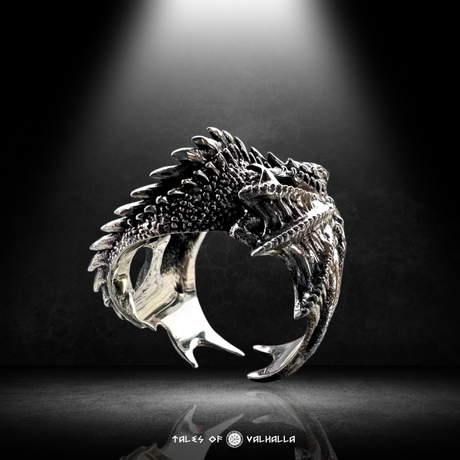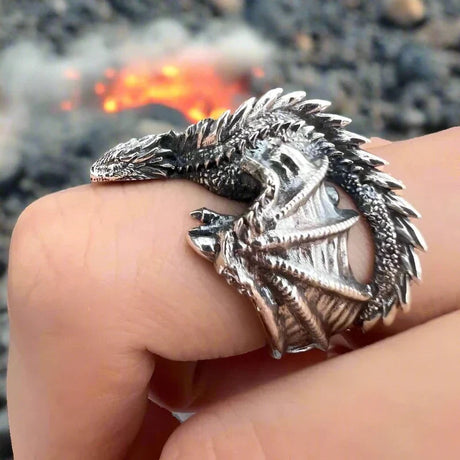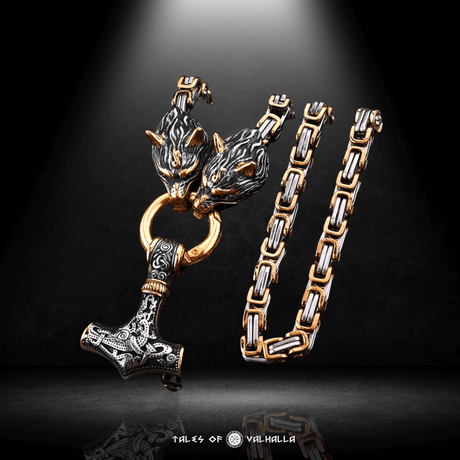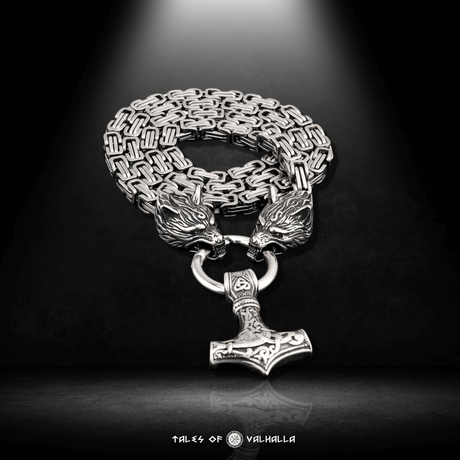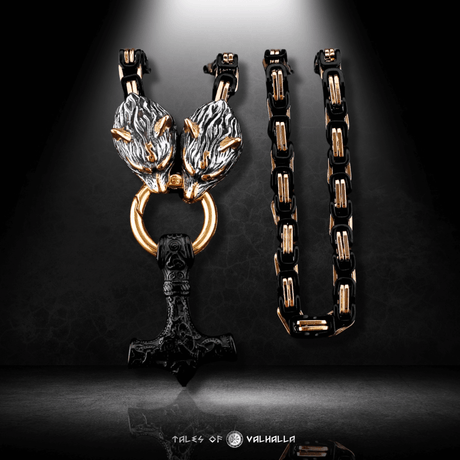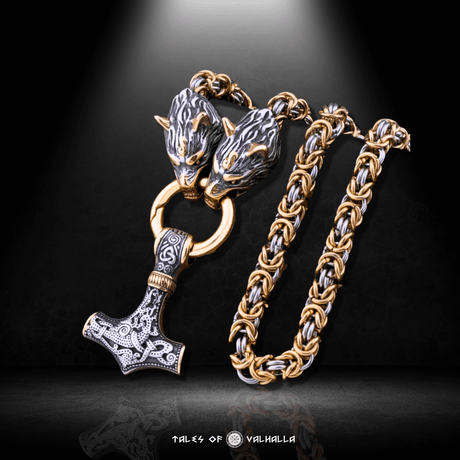The question seems simple: When was the Viking Age? History books often give us a neat and tidy answer: a span of roughly 300 years, conveniently bookended by two famous battles on English soil. But to define this electrifying period of history by dates alone is to miss the epic saga of transformation that lies within. The Viking History Timeline is not a static list of events; it's a dynamic, transformative, and often violent story of how Scandinavian peoples exploded onto the world stage, forever changing the course of European history.
To truly understand the Viking History Timeline, we must explore it not as a dry chronicle, but as a drama in multiple acts. We will delve into the catalysts that first launched the longships, trace the evolution from coastal raids to continent-spanning empires, and examine the complex forces that ultimately brought the age to a close. This is the complete story of the Viking Age, an era of unprecedented expansion, exploration, and cultural exchange.
The Prelude: Setting the Stage for the Viking Age (Before 793 AD)
The Viking History Timeline doesn't begin in a vacuum. The late 8th century was a tipping point, the result of a "perfect storm" of conditions that had been brewing for generations in Scandinavia.

The Prelude: Setting the Stage for the Viking Age (Before 793 AD)
A World on the Brink: Pre-Viking Scandinavia
Before 793 AD, during what is known as the Germanic Iron Age, the people of Denmark, Norway, and Sweden were primarily farmers, fishermen, and skilled craftsmen. They lived in a tribal society of small chiefdoms, not unified nations. They had a rich oral tradition of myths and legends, but they were not yet the globe-trotting raiders and traders they would become.
The Catalysts of Change: Why the Longships Sailed
Several key factors converged to spark the beginning of the Viking Age:
- A Technological Revolution: The Longship: The single most important catalyst was the perfection of the Viking longship. This vessel was a masterpiece of naval engineering. With its clinker-built hull, it was both strong and flexible. Its shallow draft allowed it to navigate both the treacherous open ocean and shallow inland rivers with ease. Its combination of a large square sail for long-distance travel and oars for speed and maneuverability made it the ultimate versatile craft, giving the Norsemen a strategic mobility that no other European power could match.
- Population Growth and Land Pressure: In some parts of Scandinavia, particularly the fjord-riven lands of western Norway, a growing population may have put pressure on the limited amount of arable land, creating a powerful incentive for sons who would not inherit the family farm to seek their fortunes elsewhere.
- Political Instability in Europe: The once-mighty kingdoms of Europe were showing signs of weakness. The vast Carolingian Empire in Francia was beginning to fracture after the death of Charlemagne, and the Anglo-Saxon kingdoms of England were often embroiled in internal conflicts, making them vulnerable and inviting targets.
- The Allure of Wealth: The Norse were well aware of the immense, portable wealth concentrated in the towns and, especially, the poorly defended monasteries of Christian Europe. Trade routes had brought tales and some examples of this wealth north, creating a powerful lure.
Story Vignette 1: The Farmer's Gaze Imagine a young man named Bjorn, standing on a rocky hill overlooking a fjord in 8th-century Norway. His family's farm, a small patch of green nestled between the mountain and the sea, can barely support them. His future seems as constrained as the narrow valley. But every few months, a trading ship returns to their settlement, its crewmen sporting new arm-rings of twisted silver and telling tales of rich lands across the western sea. Bjorn looks from the crowded farmland to the open water that leads to the horizon. The sea is no longer just a source of fish; it is a pathway, a promise of a different life. In the hearts of young men like Bjorn, the Viking History Timeline was about to begin.
Phase I: The Age of Raids – The First Shockwave (c. 793 - 850 AD)
This is the phase of the Viking History Timeline that is most famous, the era of hit-and-run attacks that seared the image of the Viking raider into European consciousness.
793 AD - The Raid on Lindisfarne: A Sacrilege that Shook the World
Historians use the Viking raid on the holy island of Lindisfarne in Northumbria, England, as the traditional starting point of the Viking Age. The monastery was a revered center of Christian learning and art, and it was completely undefended.
The Anglo-Saxon Chronicle captures the terror of the moment:
"...the harrying of the heathen miserably destroyed God's church in Lindisfarne by rapine and slaughter."
The Vikings killed the monks, plundered the monastery of its priceless gospels and silver relics, and took captives as slaves. The attack was not just a raid for wealth; it was a profound psychological and spiritual blow to the Christian world. It announced that a new, fearsome, and pagan force had arrived, one that did not respect the old rules. This event is the dramatic opening scene of the Viking History Timeline.
Story Vignette 2: The Monk's Terror Brother Alcuin huddled in the scriptorium, the salty air now thick with the acrid smell of smoke and the metallic tang of blood. The sacred quiet of his world, a world of prayer and painstaking calligraphy, had been shattered by guttural shouts and screams. He could hear the splintering of wood as the Northmen broke down the door to the reliquary. They were not just thieves; they were a storm, a force of nature that cared nothing for the sanctity of this place. He clutched an illuminated gospel, a lifetime of work, and prayed. The horror of this first major raid marked the beginning of a new and terrifying chapter in the Viking History Timeline.
The Nature of Early Raiding
For several decades following Lindisfarne, this became the pattern. Small fleets would use their superior ships to appear without warning, strike a vulnerable coastal or riverine target, seize whatever wealth they could, and disappear back across the sea before a significant military response could be organized. For the people of England, Ireland, and Francia, the dawn of the Viking Age was an era of unpredictable terror from the sea.
Phase II: The Age of Conquest and Settlement – The Great Heathen Army (c. 850 - 980 AD)
As the 9th century progressed, the nature of Viking activity evolved dramatically. The Viking History Timeline entered its most dynamic and influential phase, characterized not just by raiding, but by large-scale conquest, trade, exploration, and settlement.
A Shift in Ambition: From Plunder to Land
The small raiding parties gave way to massive coalition armies. In 865 AD, a huge force, known in the Anglo-Saxon Chronicle as the "Great Heathen Army," landed in England. This was not a raid; it was an invasion with the intent of conquest and settlement. The sagas claim it was led by the sons of the legendary Ragnar Lothbrok, seeking to avenge their father's death.
The Danelaw and Beyond: Viking Kingdoms Abroad
- Conquest in England: The Great Heathen Army toppled the Anglo-Saxon kingdoms of Northumbria, East Anglia, and Mercia. After being halted by Alfred the Great of Wessex, a treaty established the Danelaw, a vast territory in northern and eastern England where Norse law and custom held sway.
- Founding of Cities: During this period, Vikings founded Ireland's first major cities, including Dublin, which became the heart of a powerful Norse kingdom and a major slave-trading hub.
- Normandy: In Francia, the relentless pressure from Viking raids led to the Treaty of Saint-Clair-sur-Epte in 911 AD, where the Viking leader Rollo was granted the territory that would become Normandy ("Land of the Northmen").
Exploration Westward: The Push Across the Atlantic
While Danes and Swedes were active in Europe, the Norwegians, driven by land pressure and a spirit of adventure, pushed westward across the open ocean.
- Iceland and Greenland: They discovered and colonized Iceland around 874 AD and established a colony in Greenland under Erik the Red around 985 AD.
- North America: Around the year 1000, Leif Erikson, son of Erik the Red, made landfall in North America, which they called Vinland. The settlement at L'Anse aux Meadows in Newfoundland is the only confirmed Norse site in the Americas, a stunning testament to the reach of the Viking History Timeline.
Story Vignette 3: The Danelaw Child A young girl named Aethelflaed grew up on a farm in what was now called the Danelaw. Her grandfather remembered the terror of the Great Army, but for her, the Norse were just a part of life. Her village had a Danish Jarl. She knew a few words of Old Norse from the marketplace, and some of her friends had names like Ingrid and Bjorn. It was an uneasy coexistence, a world where two cultures lived side-by-side, sometimes in peace, sometimes in conflict. This was the new reality of the Viking History Timeline: no longer about invaders on the horizon, but about the neighbors across the field.
Phase III: The Age of Kings – Forging Empires (c. 980 - 1066 AD)
The final phase of the Viking History Timeline saw the rise of powerful, centralized, and Christianized kingdoms in Scandinavia. This led to a new kind of invasion: state-sponsored conquests led by kings seeking to create vast, international empires.

Phase III: The Age of Kings – Forging Empires (c. 980 - 1066 AD)
The Rise of Centralized Kingdoms
Rulers like Harald Bluetooth in Denmark and Harald Fairhair in Norway consolidated their power, unifying their lands and creating more organized, European-style monarchies.
The North Sea Empire: A Viking on the English Throne
This era saw the ultimate Viking success in England. After decades of renewed raids and massive payments of tribute (Danegeld), the Danish king Sweyn Forkbeard launched a full-scale invasion and was crowned King of England in 1013.
His son, Canute the Great, solidified this conquest, becoming the wise and effective ruler of a massive North Sea Empire that, at its height, included England, Denmark, Norway, and parts of Sweden. For nearly two decades, England was the heart of a great Viking Empire, ruled by a Danish king. This was the zenith of the Viking History Timeline.
The End of an Era: The Battle of Stamford Bridge (1066 AD)
The traditional endpoint of the Viking History Timeline is the dramatic year of 1066. Following the death of the English king Edward the Confessor, the King of Norway, the legendary warrior Harald Hardrada, made one last, ambitious bid for the English throne. He invaded the north of England but was defeated and killed by the English army under King Harold Godwinson at the Battle of Stamford Bridge. This event is seen as the last major Viking invasion of England and the symbolic end of the age.
The Complete Viking History Timeline: A Summary of Events
Why the Viking Age Ended: A Gradual Transformation
The defeat at Stamford Bridge was a symptom of the end, not the sole cause. The fading of the Viking History Timeline was a gradual process driven by deep-seated changes:
-
The Spread of Christianity: As the Norse kingdoms gradually converted to Christianity, their worldview, values, and political alliances began to align more closely with the rest of Christian Europe, discouraging traditional raiding.
-
Assimilation: Vikings who had settled abroad, such as in England and France, gradually assimilated into the local cultures, adopting their languages, religions, and customs. They became English, French, Irish, etc., rather than Norse.
-
The Rise of European Kingdoms: The kingdoms of Europe became more centralized and better defended, with castles, professional armies, and navies, making raiding far more difficult and less profitable. The age of easy targets was over.
The Enduring Legacy: How the Viking Age Shaped Our World
Though the Viking History Timeline has a clear end, the influence of the era is still profoundly felt today, particularly in the English-speaking world.
- Linguistic Echoes: The English language is rich with words of Old Norse origin, a direct result of the Danelaw. Words like sky, skin, leg, window, husband, law, anger, ugly, want, and even the pronouns they, them, their come from the Norse.
- Political and Geographical Footprints: The Vikings were instrumental in the founding of many of Europe's first major towns and cities, including Dublin. They created the Duchy of Normandy in France (whose descendants would conquer England in 1066) and the Kievan Rus' in Eastern Europe (the precursor to modern Russia and Ukraine).
- The Modern Fascination: The spirit of the Viking—adventurous, resilient, and fiercely independent—continues to captivate us. The enduring popularity of Viking-themed media, historical societies, and travel to Scandinavia in the United States is a testament to the powerful legacy of the Viking History Timeline.
Conclusion
So, when was the Viking Age? The conventional answer, from the raid on Lindisfarne in 793 to the Battle of Stamford Bridge in 1066, provides a useful framework. But the true answer is more profound. The Viking History Timeline chronicles the period when Scandinavian peoples dramatically impacted the wider world through their unparalleled skills in shipbuilding and seafaring. It was an era defined not by its calendar dates, but by the actions of the Norsemen: their raids, their trade, their explorations, and their settlements.
It began with a convergence of technology, ambition, and opportunity that unleashed the longships upon the world. It evolved from simple piracy to sophisticated conquest and state-building. It ended with a gradual transformation, as the Vikings and the world they interacted with both changed, leading to the rise of new kingdoms, new faiths, and new identities. The Viking History Timeline may have a beginning and an end, but its influence is woven into the very fabric of Western history, a powerful and enduring saga of transformation.

